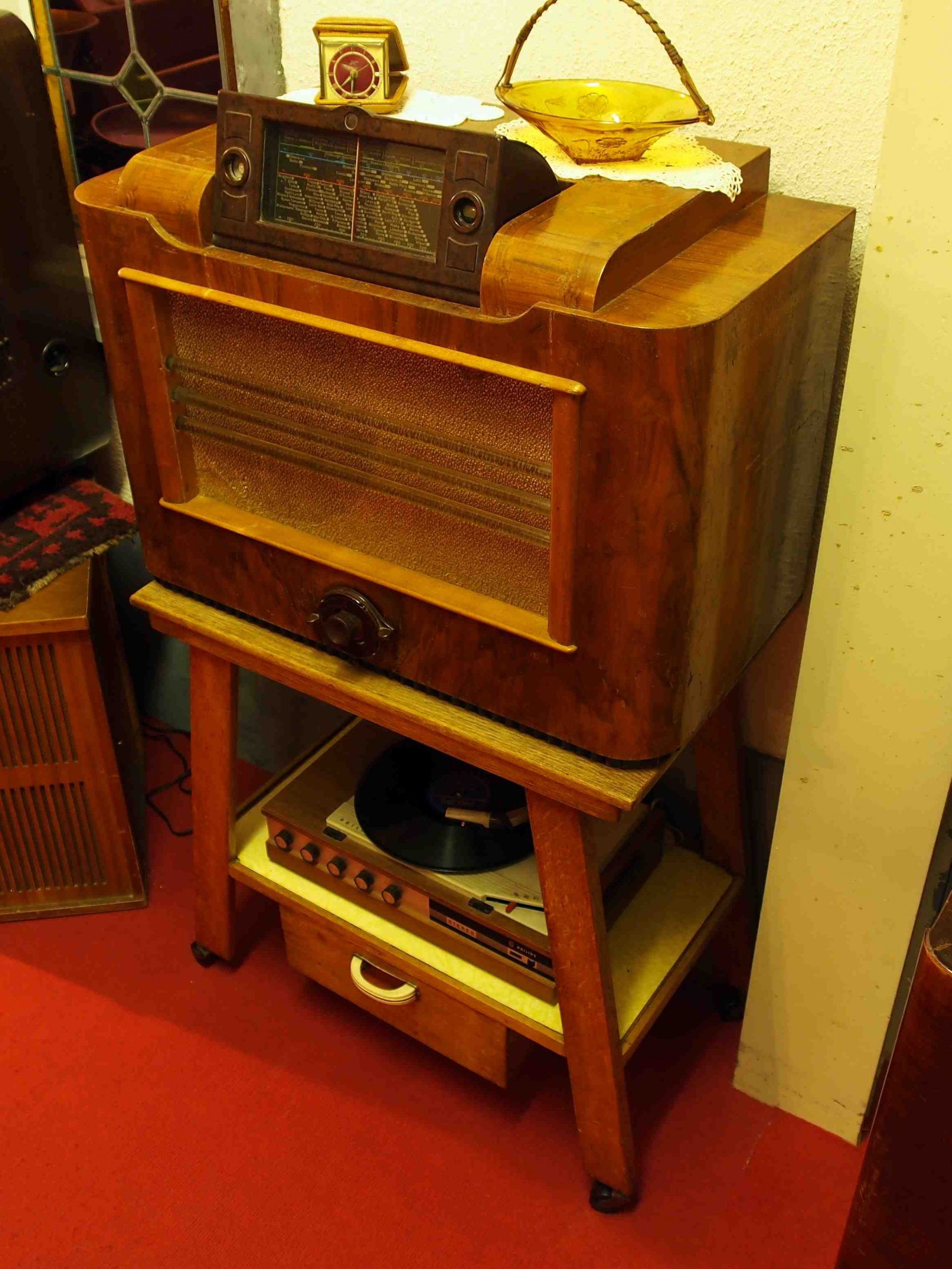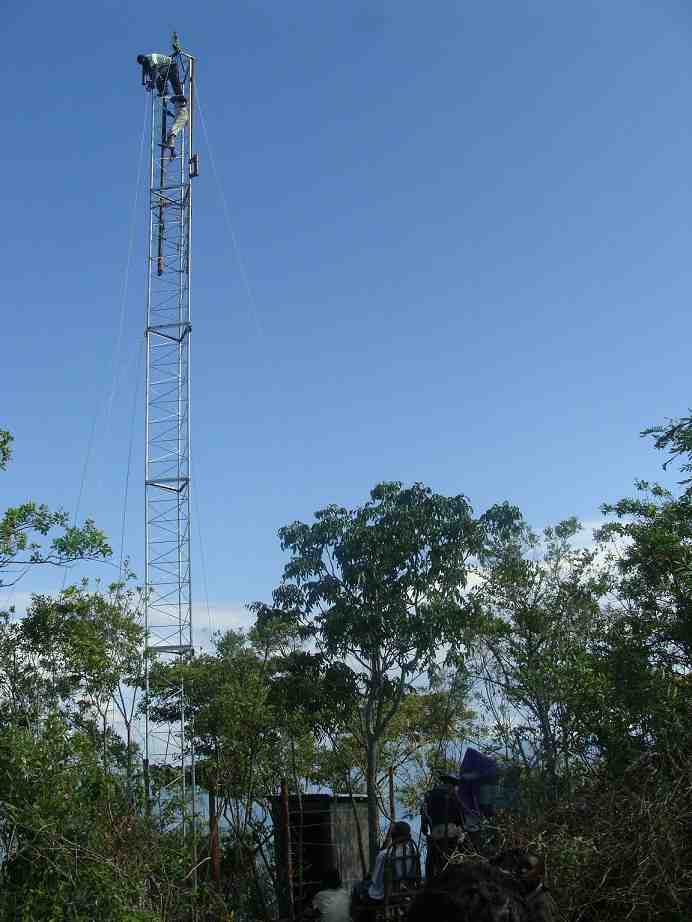What radio station is most popular?
Most people listened to radio stations in the US
- WBEZ 91.5 FM. Known for shows such as “All Things Considered,” and “This American Life,” WBEZ FM is a Chicago-based talk and documentary station. …
- WFCC-FM 107.5 FM. …
- KXRY 107.1 FM. …
- WLTW Lite 106.7 FM. …
- Kiss FM (WKSC-FM) 103.5 FM. …
- KOST 103.5 FM.
Who started radio in India?

It was launched by Mir Osman Ali Khan the 7th Nizam of Hyderabad with a transmission power of 200 Watts. On 1 April 1950, the Government of India took over Deccan Radio, and in 1956 it merged with All India Radio (AIR).
When did radio start in India? In June 1923 the Bombay Radio Club made its first ever broadcast in the country. Calcutta Radio Club was subsequently formed five months later. The Indian Broadcasting Company (IBC) came into operation on July 23, 1927, to address liquidation in less than three years.
Who introduced Broadcasting in India first?
Giandchand Motwane (GE-and-chund mot-WAH-nee) from Bombay made the first radio broadcast in India in 1920. This low-power station was on the air for one day under the 2KC call sign.
When was the first broadcast started in India?
By agreement of 23 July 1927, the Indian Indian Broadcasting Company Ltd (IBC) was authorized to operate two radio stations: the Bombay station which commenced on 23 July 1927, and the Calcutta station which followed on 26 August 1927. The company went under Liquidation on 1 March 1930.
Who started broadcasting?
In 1898 Guglielmo Marconi, a 24-year-old Italian, started the world’s first commercial radio service. For US citizens, not only did radio and “later television” bring an abundance of entertainment and information, it also raised many legal issues regarding its implementation and regulation.
Who introduced radio in India?
An organized broadcast kick-off began on 23 July 1927. Lionel Fielden was the first controller of Broadcasting in India. He was a senior BBC producer who spent five years in India as the controller of broadcasting and one of the founders of All India Radio (AIR).
Who introduced by radio?
In the mid-1890s, building on techniques used by physicists to study electromagnetic waves, Guglielmo Marconi developed the first apparatus for long-range radio communications.
How many radio stations were there when India got independence in 1947?
When India gained independence, there were six radio stations in India, covering Delhi, Bombay, Calcutta, Madras, Tiruchirapalli and Lucknow.
How many radio stations were there in 1950?
In which state was the All India Radio station established before independence?
Deccan Radio (Nizam Radio 1932), the first radio station in Hyderabad State (now Hyderabad, India), went live on 3 February 1935.
When was All India Radio established in India?
Lionel Fielden was appointed the first Broadcast Controller in August 1935. The following month Akashvani Mysore, a private radio station, was founded. On June 8, 1936, All India Radio became the Indian State Broadcasting Service.
Which city had the first private radio station in India?
In 2001, India ‘s first private FM station – Radio City, Bangalore – came on air, ending the era of state broadcasting that began in 1930.
How many radio stations does India have?
The Government of All India owns about 450 FM stations covering 39% of the area and 52% of the population of India.
Which country has highest number of radio stations?
The United States had the largest number of radio stations broadcasting at the end of 2016, with 24,447 stations.
How many radio stations are there in India?
Due to the tremendous growth of All India Radio it is one of the largest media organizations in the world. With a network of 262 radio stations, AIR today is accessible to almost the entire population of the country and almost 92% of the total area.
What are the effects of the radio?

Radio was unique as a kind of medium because it had the ability to reach anyone, even the illiterate. Radio news in the 1930s and 1940s brought the emotional impact of traumatic events home to the listening public in a way that gave the nation a sense of unity.